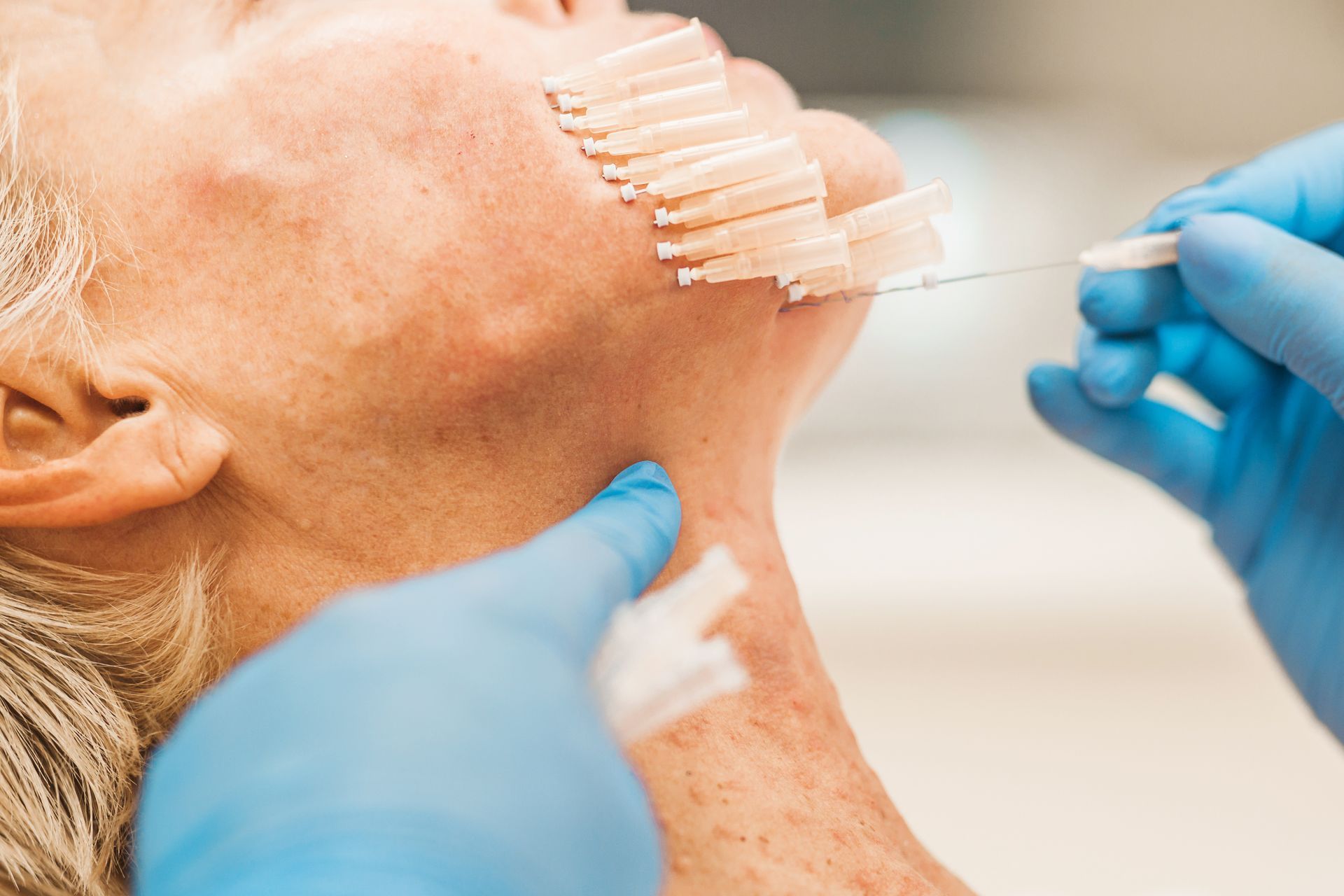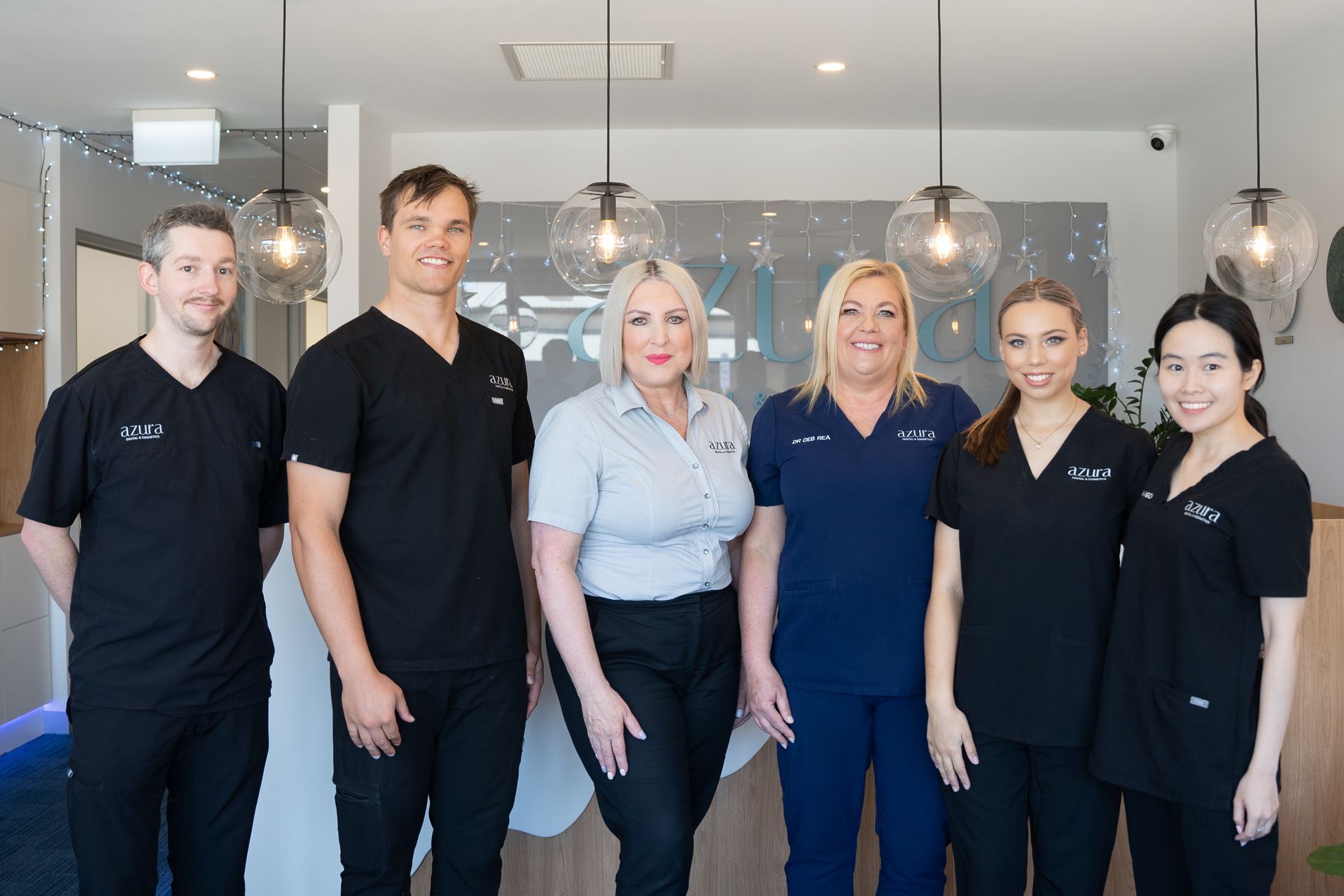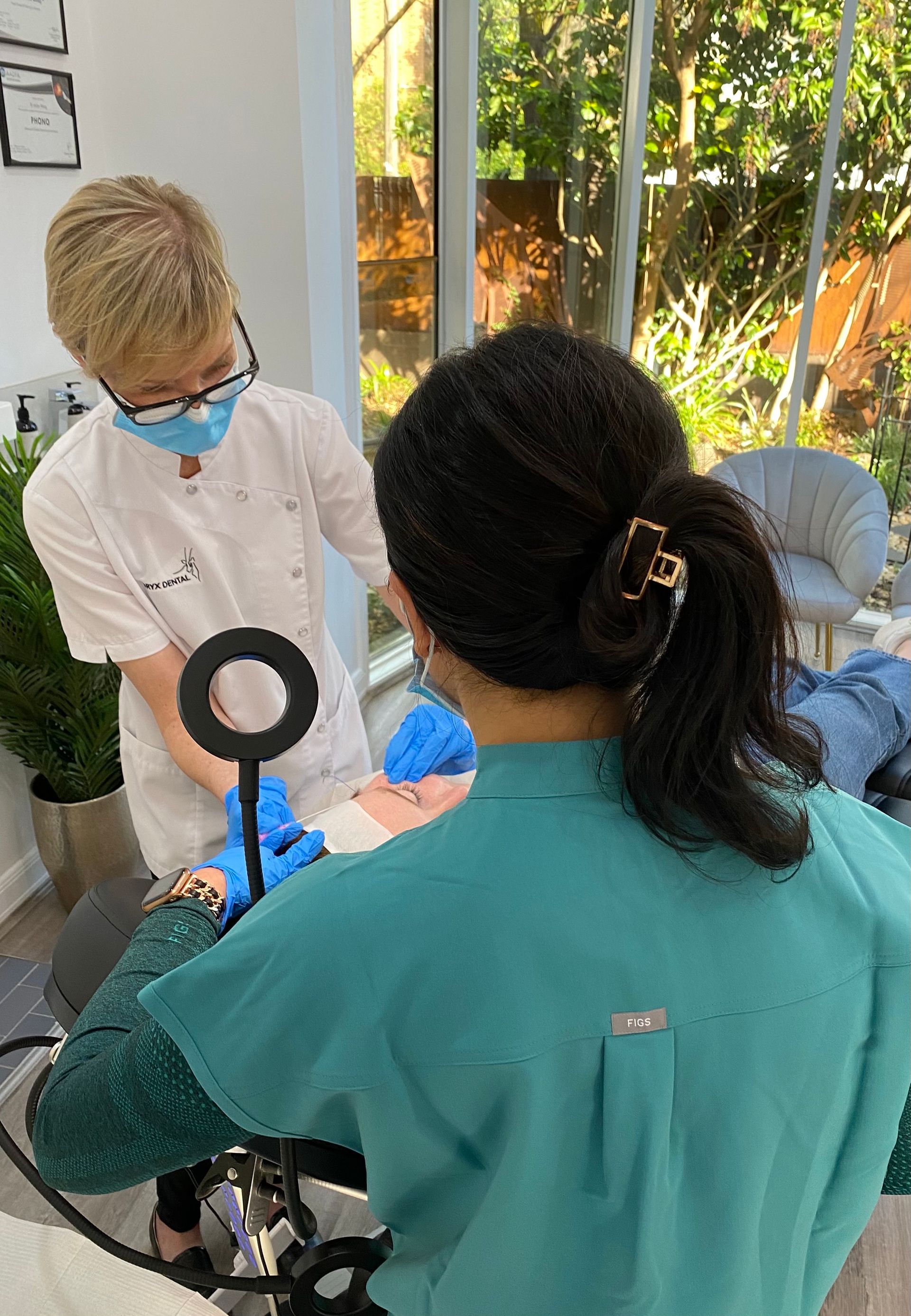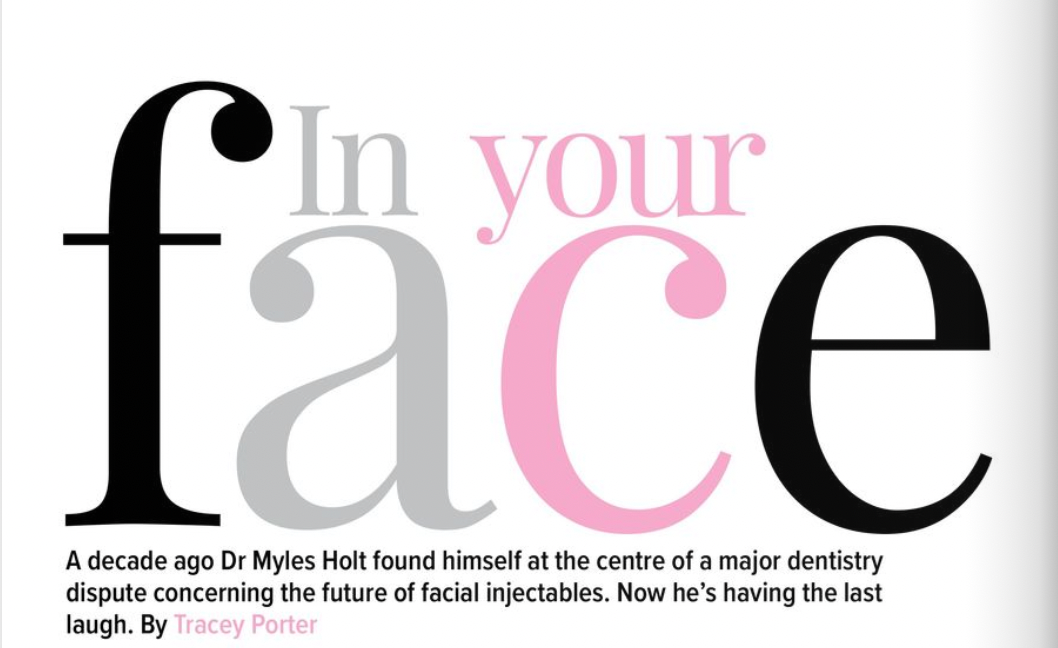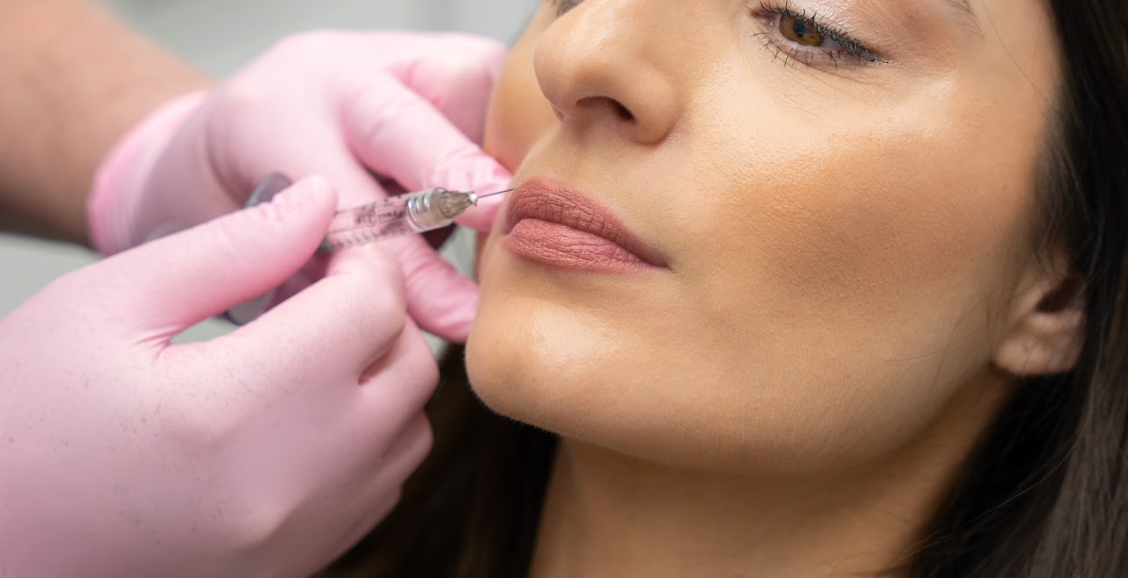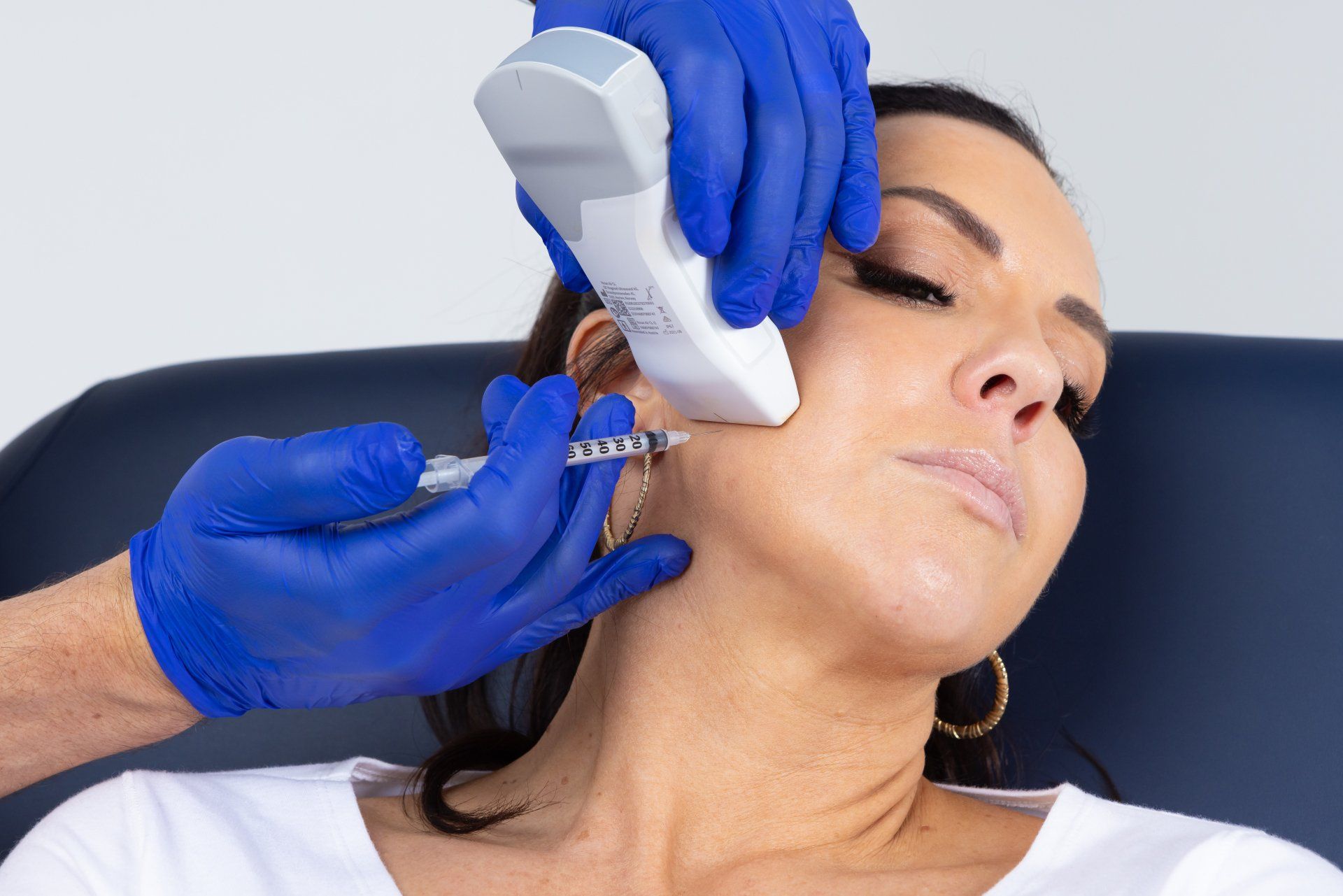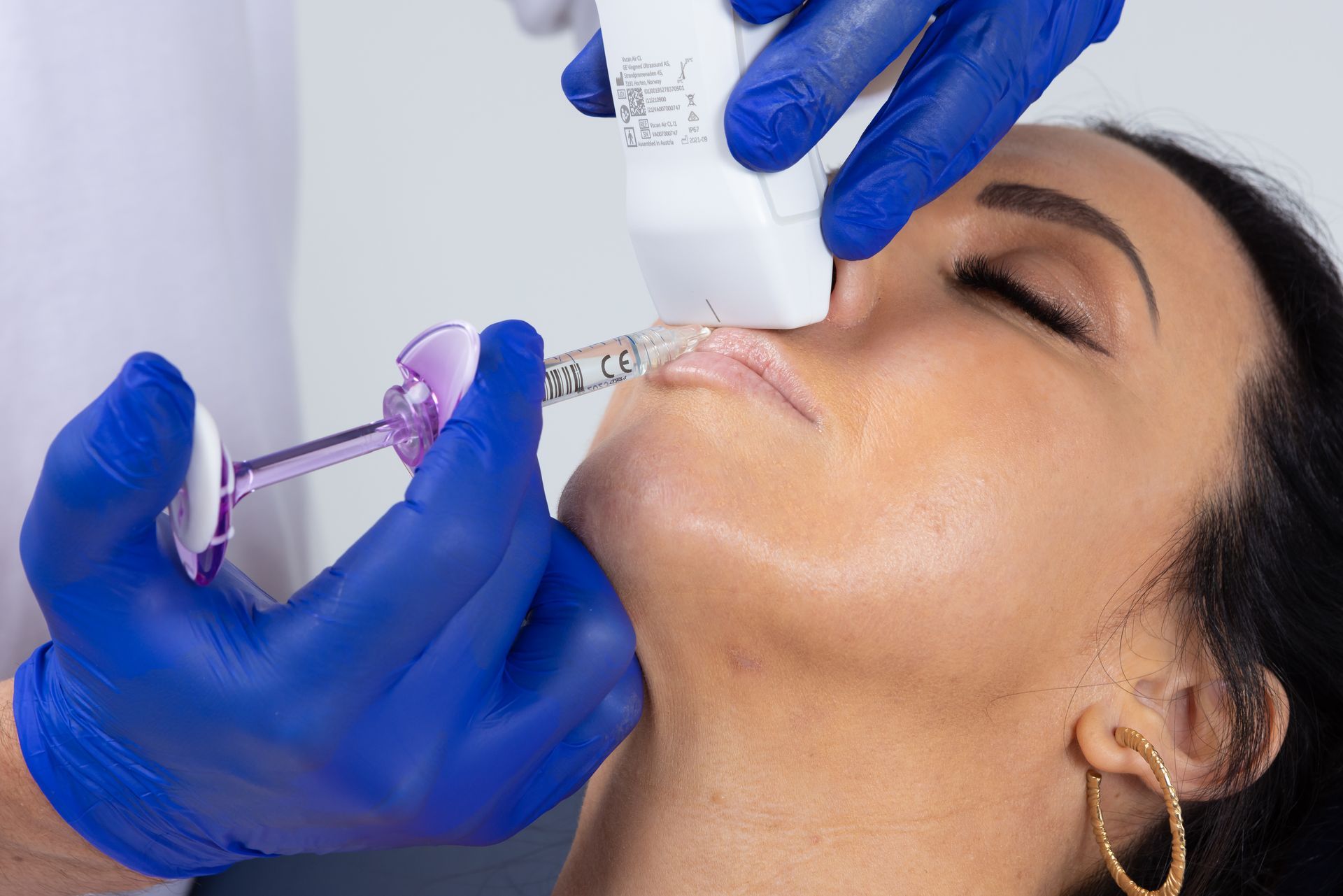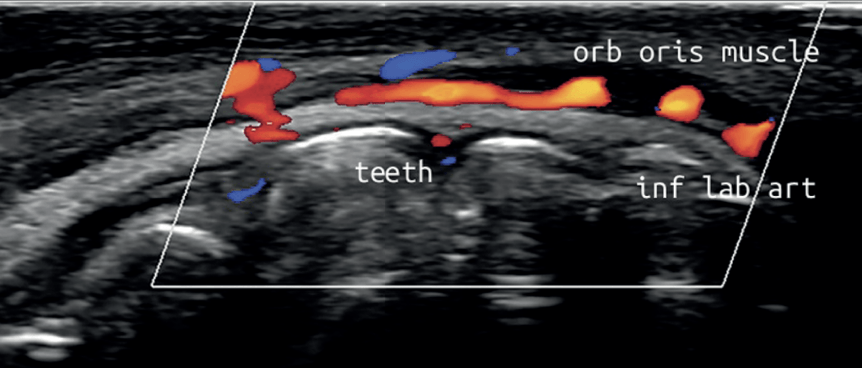Facial injectables in dentistry
A decade ago Dr Myles Holt found himself at the centre of a major dentistry dispute concerning the future of facial injectables.
Now he’s having the last laugh.
By Tracey Porter
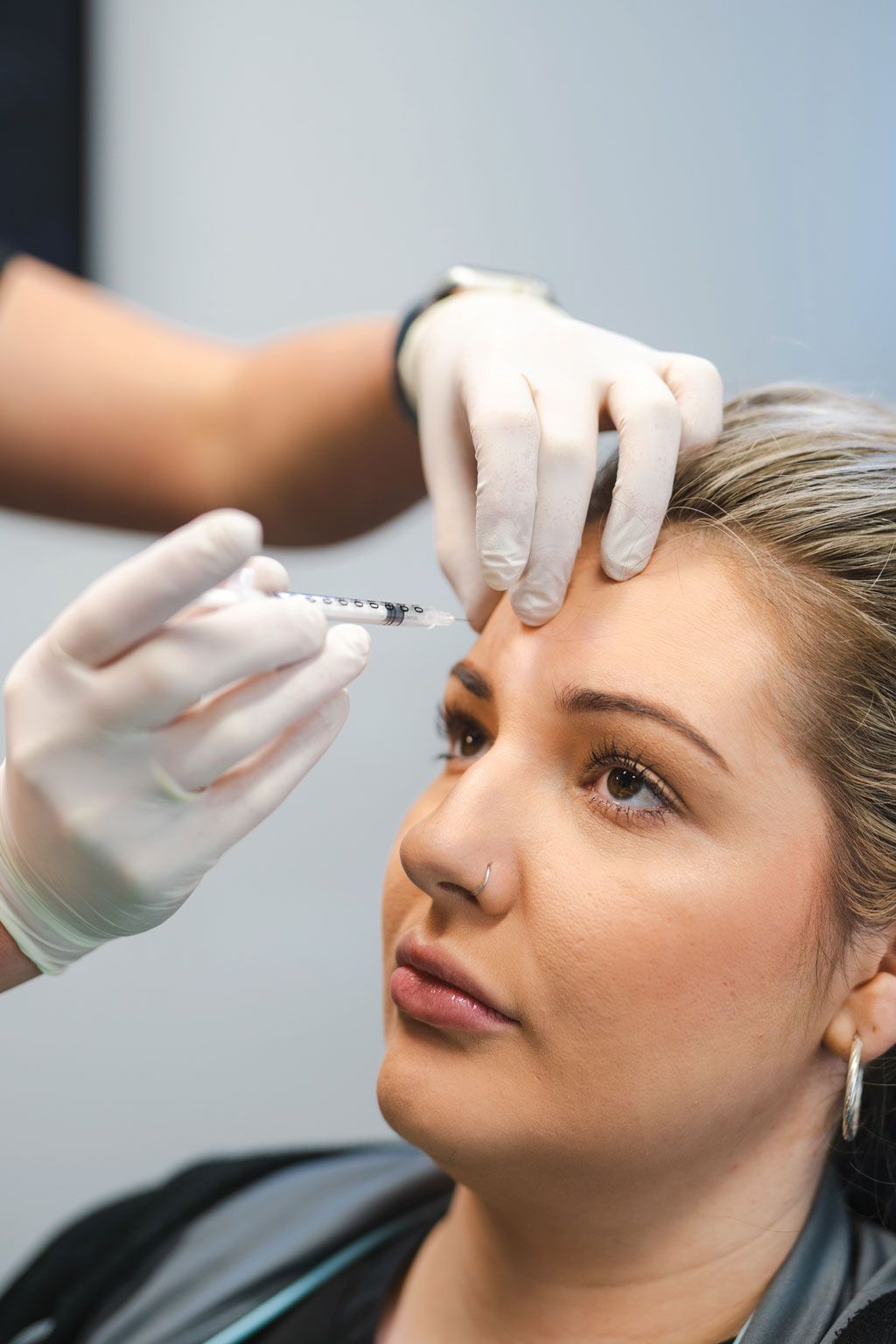
A pioneer in the art and science of aesthetic dentistry training, the training institution Dr Myles Holt started in Australia, the Australasian Academy of Dento-Facial Aesthetics (AADFA), has recently been the subject of a corporate acquisition. It now operates across 20 countries worldwide with a 12,000-strong membership base.
Injecting credibility
Yet just a decade ago, Dr Holt’s attempts to offer greater freedom for Australian dentists to use facial injectables in their surgeries were roundly criticised.
At the time, he drew the ire of several regulatory bodies as well as others in the profession who, on the back of horror stories about the use of botox and dermal fillers in the cosmetics industry and its links to body dysmorphia, felt allowing dentists to administer facial injectables risked blurring the line between necessary and unnecessary healthcare.
Back then no structured training programs existed for clinicians, and no clear standards and protocols had been developed to guide them.
Dr Holt says while it has never been illegal for dentists to provide such services, he and his team didn’t expect the level so much resistance from within their own profession.
He says “the establishment’s” initial hesitancy stemmed from “a lack of understanding. Despite these treatments having a long history of safety and efficacy, they were occasionally the centre of controversy simply because they were being delivered by lesser trained, less well-regulated individuals.”
As a result, Dr Holt says the AADFA spent considerable time working with various stakeholders and advising on policy development.
These efforts have now come full circle. In recent years both the Australian Dental Association and the Dental Board of Australia have put clear guidelines and policies in place for dentists wanting to offer these services.
"Despite these treatments having a long history of safety and efficacy, they were occasionally the centre of controversy simply because they were being delivered by lesser trained, less well-regulated individuals. "
Dr Myles Holt, founder, AADFA
Earlier this month new regulations were introduced by the Medical Board of Australia (MBA) and the Australian Health Practitioner Regulation Agency (Ahpra), to weed out unscrupulous operators in the broader cosmetic injectables sector.
Beyond the smile
Dr Andrew Molloy, principal dentist at The Practice, in Brisbane’s West Village, oversees four clinicians, who each provide facial injectable treatments alongside more traditional dentistry services.
Dr Molloy says these treatments are extremely popular because of the impact teeth positioning, crowding, bite types, missing teeth and collapsed bites have on facial anatomy and facial aesthetics.
Dr Molloy says when he first began offering injectables as a service, the most popular treatment was using botox as a targeted muscle relaxant injection for TMD cases, bruxism, gummy smile, facial pain and, on occasion, migraines.
However, as training standards improve and regulations tighten, more patients are seeing the value in selecting a dental clinician to administer ultrasound-guided botox, filler injections or thread lifts to avoid adverse outcomes from untrained operators, or to supplement any dental treatment they may have already had, such as the correction of chipped teeth, and the installation of dental implants, crowns and veneers. Treatment of the surrounding tissue often provides further benefit.
A changing audience
Dr Holt says it could justifiably be said that the ‘typical’ patient seeking these treatments in the cosmetics industry tends to be female and getting younger. However, AADFA member surveys paint a slightly different picture.
“As these are often just adjunctive services offered by dental practices, typically we see that patients receiving treatment in these settings are existing patients of the dentist who are already getting the services done elsewhere but would prefer to receive treatments alongside their regular check-ups and dental cleanings for the sake of convenience.”
The number of patients who may have wondered about these services but never felt comfortable walking into a ‘cosmetic clinic’ is also increasing, he says.
What’s interesting is that the fastest growing demographic in this sector is men over 40, and they definitely love being able to receive treatment from their trusted dentist, without the stigma that can be attached to attending a cosmetic clinic.
Dr Myles Holt, founder, AADFA
“These patients have developed a rapport with their dentist, they appreciate that dental practitioners have high levels of training, skill in delivering injections and are well-regulated in terms of infection control and responsible care.
“What’s interesting is that the fastest growing demographic in this sector is men over 40, and they definitely love being able to receive treatment from their trusted dentist, without the stigma that can be attached to attending a cosmetic clinic.”
Dentists leading the way
Dr Holt, who is now based in the AADFA International corporate office in Spain, with the new role of global clinical director, says as early adopters, dentists now lead the broader industry in the provision of new technology and treatments offering safer and more effective patient care.
Dentists are the number one providers of facial thread lifting procedures and the number one users of portable ultrasound technology to be able to directly visualise anatomy and eliminate complications from dermal filler, like blindness and skin death.
Dr Holt says the provision of facial injectable and skin rejuvenation procedures by dental practitioners is now viewed no differently by regulators than for any other procedure performed by the profession.
Whether it is traditional restorative dentistry or more advanced fields like implantology, orthodontics or facial rejuvenation, Dr Holt says there are clear guidelines and expectations that practitioners will have undergone appropriate levels of training; possess indemnity insurance for the specific procedures performed; gain fully informed consent; and taken the time to develop competency in their clinical practice.
The regulations governing these types of procedures were tightened even further on 1 July 2023 where everything from levels of education to predatory advertising and the use of certain misleading professional titles were targeted.
The reforms, introduced by MBA and Ahpra, have built-in safety nets such as the requirement for psychological screening for all cosmetic surgery patients, as well as mandatory cooling-off periods aimed at removing the risk of adverse outcomes.

Visit Bite Online HERE: https://www.bitemagazine.com.au/facial-injectables-in-dentistry/
READ the latest Bite Magazine HERE: https://mags.engagemedia.com.au/bite-magazine-july-2023.html?p=14
Proudly Supported By:

Contact Us
We will get back to you as soon as possible.
Please try again later.
© 2009-2024. All Rights Reserved. Australasian Academy of Dento-Facial Aesthetics.


